International
Death of Queen Elizabeth II: What happens next?
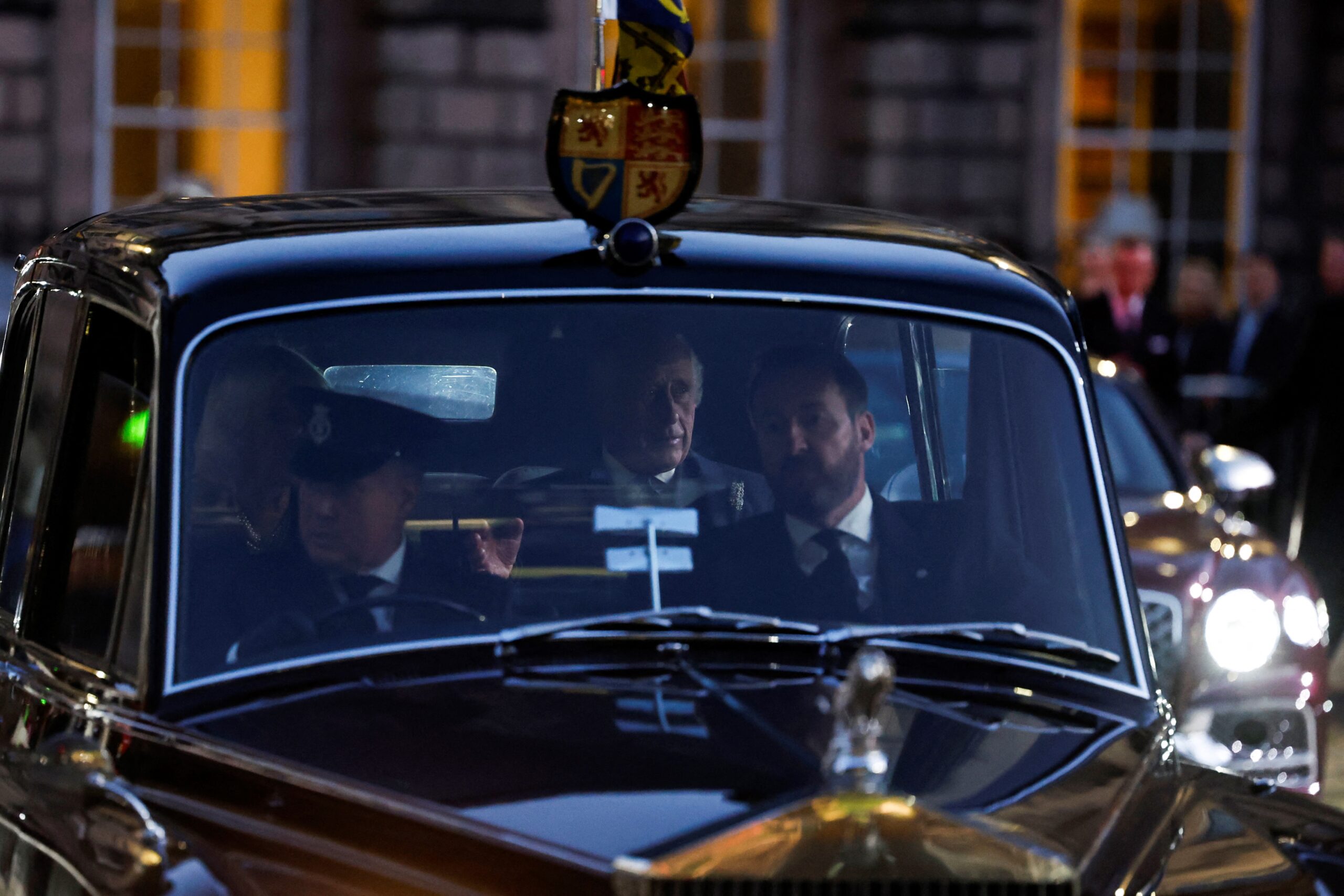
AFP | by Alice RITCHIE
As preparations build for next week’s state funeral and with a procession of the coffin along Edinburgh’s Royal Mile on Monday: here is how the UK plans to say goodbye to Queen Elizabeth II.
Monday, September 12
King Charles III and his wife Camilla, now Queen Consort, visit parliament, to receive condolences from the speakers of the lower and upper houses, before delivering a reply.
The royal couple fly to Edinburgh and at the Palace of Holyroodhouse the king will take part in the Ceremony of the Keys, where he will symbolically receive — and then return — the keys to the city.
In the afternoon, the king and other royals take part in a procession to convey the queen’s coffin along Edinburgh’s Royal Mile to St Giles’ Cathedral, before a religious service.
After his first audience with Scotland’s First Minister Nicola Sturgeon and a visit to the Scottish parliament, Charles III returns to St Giles’ to take part in a vigil over the coffin — known as the Vigil of the Princes — with other family members.
From 5:30 pm (1630 GMT) until 3:00 pm on Tuesday, members of the public can file past to pay their respects as the coffin lies at rest guarded by the Royal Company of Archers.
The king and his wife will be joined in Scotland — and on his tour of Northern Ireland and Wales — by Prime Minister Liz Truss, Downing Street said.
“It’s not a requirement,” Truss’s spokesman told reporters.
“But the prime minister believes it’s important to be present for what will be a significant moment of national mourning around the United Kingdom.”
Tuesday, September 13
The queen’s coffin is flown by the Royal Air Force from Edinburgh to RAF Northolt near London, accompanied by the queen’s only daughter Anne, the Princess Royal, and driven to Buckingham Palace, to rest in the Bow Room.
Charles III and his wife fly to Belfast, where he will meet Northern Ireland’s party leaders and receive a message of condolence led by the speaker of the devolved assembly.
The king meets leaders from all the major faiths in Northern Ireland before attending a prayer service at St Anne’s Cathedral and returns to London.
Wednesday, September 14
The king leads the procession behind the gun carriage carrying the queen’s coffin from Buckingham Palace to parliament’s Westminster Hall.
It is then placed on a catafalque, a raised platform, and during the lying-in state another “Vigil of the Princes” involving the queen’s children and other senior royals, will take place.
Archbishop of Canterbury Justin Welby will conduct a short service after the coffin arrives, attended by the king.
The late queen will lie in state until the funeral, with huge crowds expected as members of the public pay their respects.
Friday, September 16
Charles III and his wife visit Wales where a service is held at Cardiff’s Llandaff Cathedral and Charles receives a message of condolence at the Senedd, the Welsh national assembly building.
The visit to Wales completes trips to all four nations that make up the United Kingdom.
Monday, September 19
The queen’s coffin is taken in procession to Westminster Abbey for a state funeral at 11:00 am expected to be watched by millions around the world.
Political leaders and heads of state including US President Joe Biden are expected to attend, sparking a major security operation.
After the funeral, the coffin is taken to Windsor, for a televised committal service at St George’s Chapel, with a private interment planned for later in the evening.
The queen will be interred at the King George VI memorial chapel, alongside her husband, Prince Philip, the ashes of her sister Princess Margaret, their mother, also called Elizabeth, and father, George VI.
International
Colombia says it would not reject Maduro asylum request as regional tensions escalate
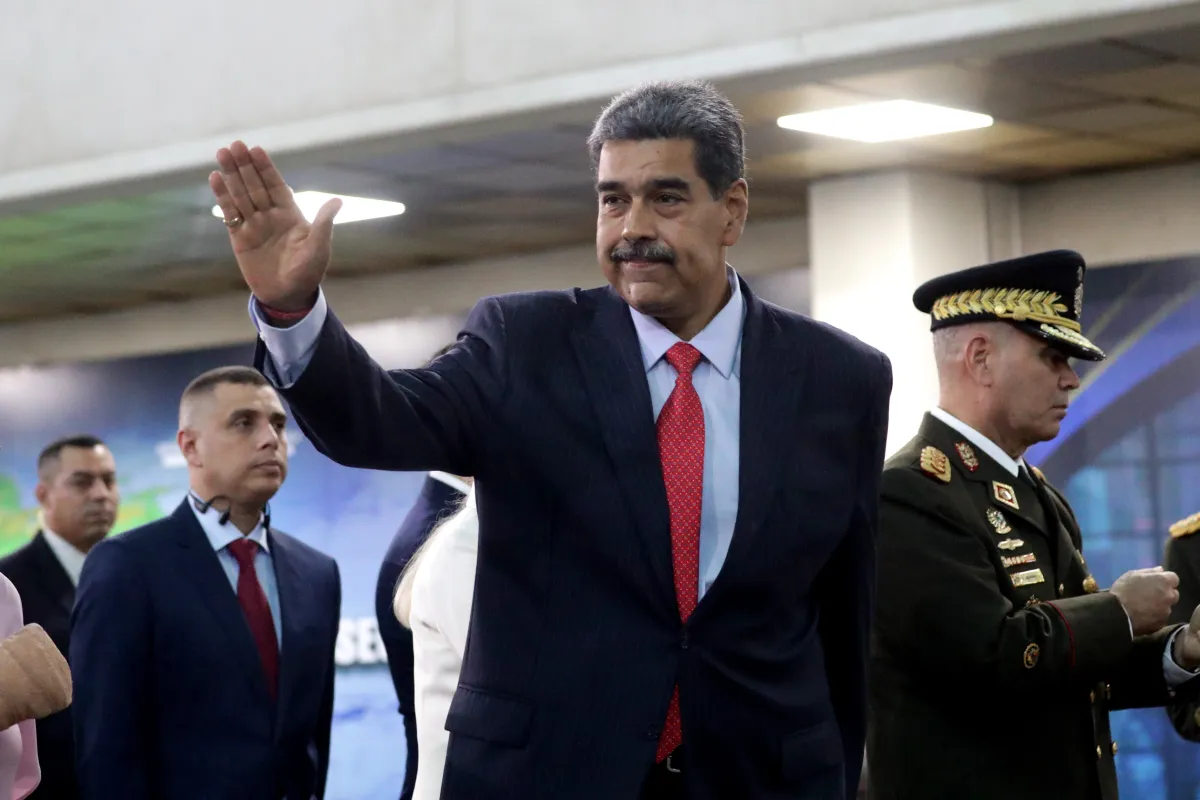
The Colombian government stated on Thursday that it would have no reason to reject a potential asylum request from Venezuelan President Nicolás Maduro should he leave office, as regional tensions persist over the deployment of U.S. military forces in the Caribbean since August.
“In the current climate of tension, negotiations are necessary, and if the United States demands a transition or political change, that is something to be assessed. If such a transition results in him (Maduro) needing to live elsewhere or seek protection, Colombia would have no reason to deny it,” said Colombian Foreign Minister Rosa Villavicencio in an interview with Caracol Radio.
However, Villavicencio noted that it is unlikely Maduro would choose Colombia as a refuge. “I believe he would opt for someplace more distant and calmer,” she added.
Colombian President Gustavo Petro also commented on Venezuela’s situation on Wednesday, arguing that the country needs a “democratic revolution” rather than “inefficient repression.” His remarks followed the recent detention and passport cancellation of Cardinal Baltazar Porras at the Caracas airport.
“The Maduro government must understand that responding to external aggression requires more than military preparations; it requires a democratic revolution. A country is defended with more democracy, not more inefficient repression,” Petro wrote on X (formerly Twitter), in a rare public criticism of the Venezuelan leader.
Petro also called for a general amnesty for political opponents and reiterated his call for forming a broad transitional government to address Venezuela’s prolonged crisis.
Since September, U.S. military forces have destroyed more than 20 vessels allegedly carrying drugs in Caribbean and Pacific waters near Venezuela and Colombia, resulting in over 80 deaths.
U.S. President Donald Trump has repeatedly warned that attacks “inside Venezuela” will begin “soon,” while Maduro has urged Venezuelans to prepare for what he describes as an impending external aggression.
International
Cuba battles out-of-control dengue and chikungunya epidemic as death toll rises to 44
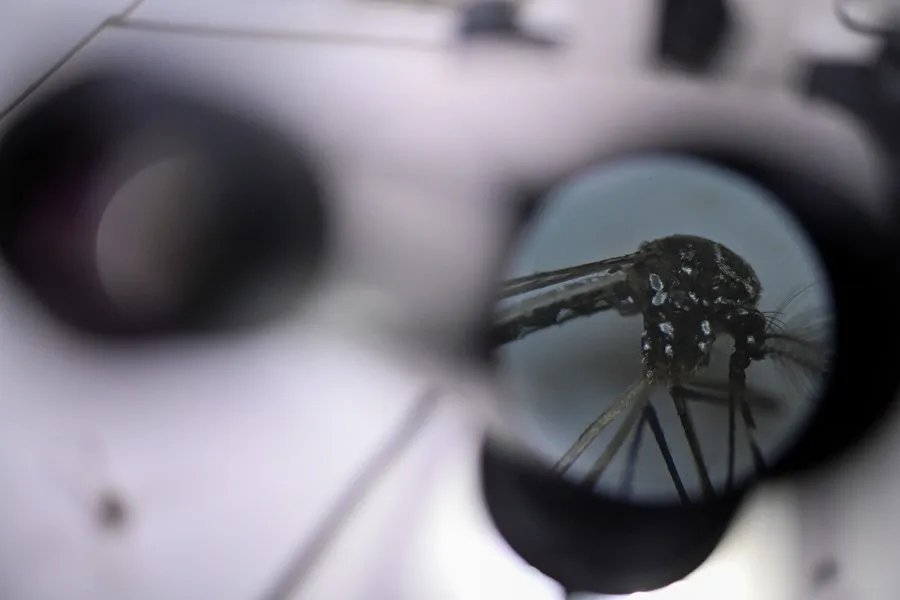
Cuba is facing a severe dengue and chikungunya epidemic that has already claimed at least 44 lives, including 29 minors, according to the Ministry of Public Health (Minsap). The outbreak—now considered out of control—has expanded across the entire country amid a critical shortage of resources to confront the emergency.
Authorities report more than 42,000 chikungunya infections and at least 26,000 dengue cases, though they acknowledge significant underreporting as many patients avoid seeking care in health centers where medicines, supplies, and medical personnel are scarce. The first cluster was detected in July in the city of Matanzas, but the government did not officially use the term “epidemic” until November 12.
Chikungunya—virtually unknown on the island until this year—causes high fever, rashes, fatigue, and severe joint pain that can last for months, leaving thousands temporarily incapacitated. Dengue, endemic to the region, triggers fever, muscle pain, vomiting, and, in severe cases, internal bleeding. Cuba currently has no vaccines available for either virus.
Minsap reports that of the 44 deaths recorded so far, 28 were caused by chikungunya and 16 by dengue.
The health crisis unfolds amid deep economic deterioration, marked by the absence of fumigation campaigns, uncollected garbage, and shortages of medical supplies—conditions that have fueled the spread of the Aedes aegypti mosquito, the primary vector for both diseases. “The healthcare system is overwhelmed,” non-official medical sources acknowledge.
Beyond the health impact, the epidemic is heavily disrupting economic and family life. The intense joint pain caused by chikungunya has led to widespread work absences, while hospital overcrowding has forced relatives to leave their jobs to care for the sick. In November, authorities launched a clinical trial using the Cuban drug Jusvinza to reduce joint pain, though results have not yet been released.
International
Ecuador on track for record violence as homicides hit highest level in Latin America again
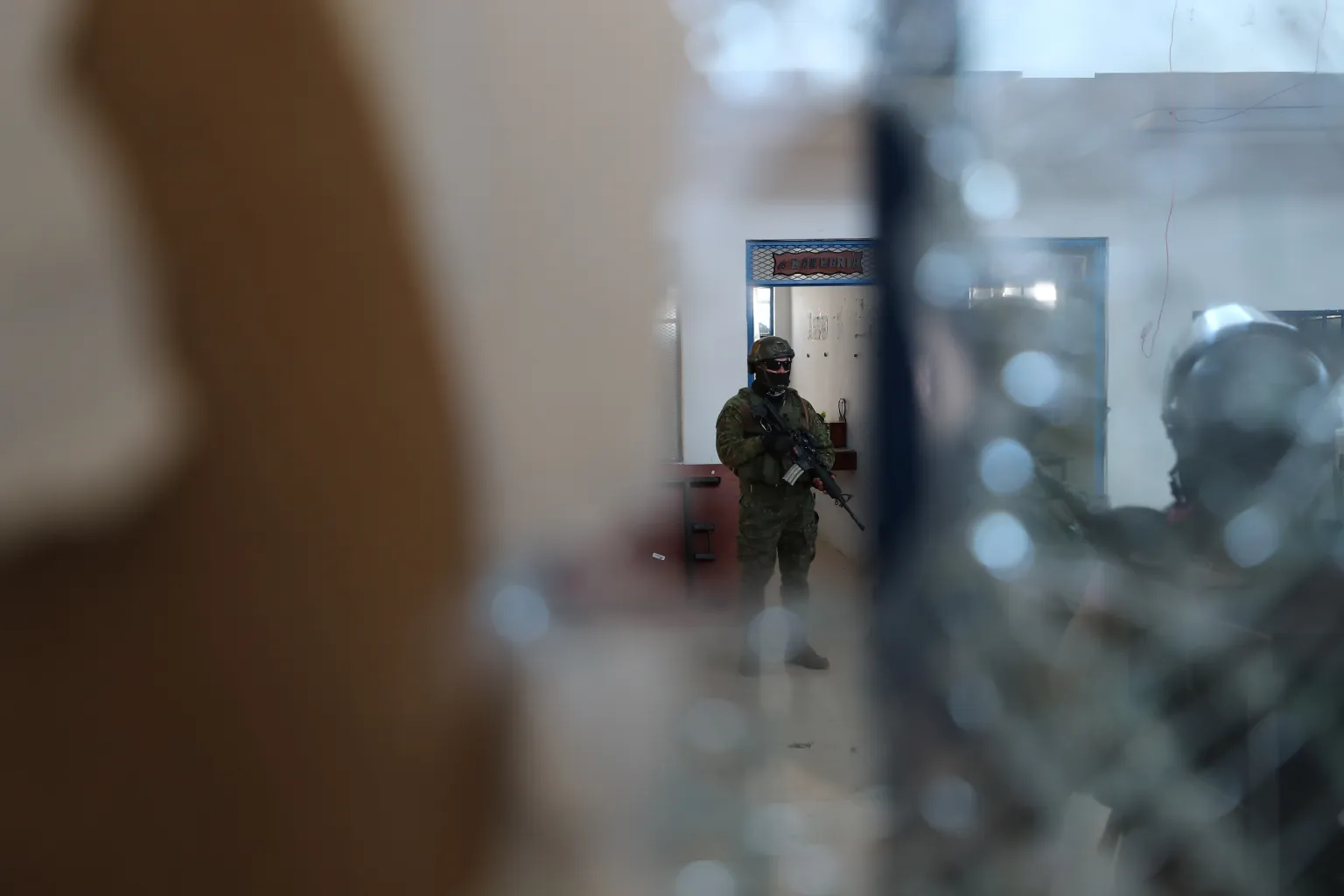
Violence in Ecuador is expected to reach historic levels by the end of 2025, with the country set to record the highest homicide rate in Latin America for the third consecutive year, according to a report released Thursday by the Armed Conflict Location & Event Data Project (ACLED). The organization warns that criminal activity is not only persisting but could worsen in 2026.
Official figures show 7,553 homicides recorded through October, surpassing the 7,063 registered throughout all of 2024. ACLED estimates that 71% of the population was exposed to violent incidents this year, despite President Daniel Noboa’s declaration of an “internal armed conflict” in an attempt to confront powerful criminal groups.
According to the report, several factors are driving the deterioration of security: a territorial war between Los Chonerosand Los Lobos, the two most influential criminal organizations in the country; the fragmentation of other groups after the fall of their leaders; and Ecuador’s expanding role as a strategic hub for regional drug trafficking.
Since 2021, violence has forced the internal displacement of around 132,000 people, while more than 400,000 Ecuadorians — equivalent to 2% of the population — have left the country. Between January and November alone, violent deaths rose 42%, fueled by prison massacres and clashes between rival gangs.
The report warns that conditions may deteriorate further. Ecuador has been added to ACLED’s 2026 Conflict Watchlist, which highlights regions at risk of escalating violence. The expansion of Colombian armed groups such as FARC dissidents and the ELN, state weakness, and a potential rerouting of drug trafficking corridors from the Caribbean to the Pacific intensify the threat.
“The president is facing a wave of violence that shows no signs of easing,” the report concludes.
-
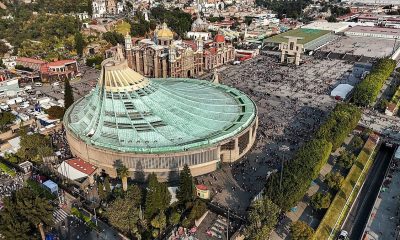
 International2 days ago
International2 days agoMexico City prepares for 13 million pilgrims at Basilica of Guadalupe
-
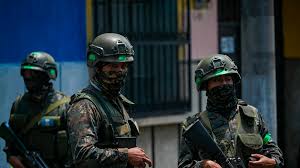
 Central America4 days ago
Central America4 days agoGuatemalan soldier wounded in clash with suspected mexican armed group near border
-
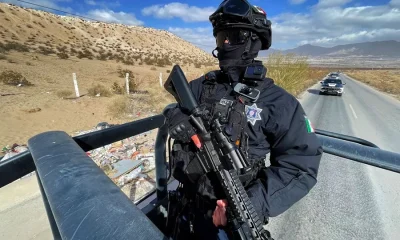
 Central America3 days ago
Central America3 days agoMexico and Guatemala launch joint security operation after Agua Zarca border attack
-
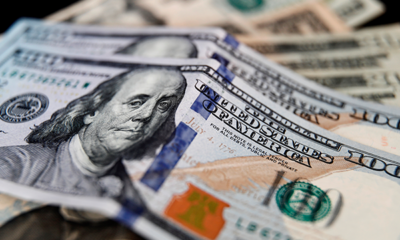
 Central America4 days ago
Central America4 days agoGuatemala reverses asset seizures after judge replacement, benefiting ex-president and former ministers
-
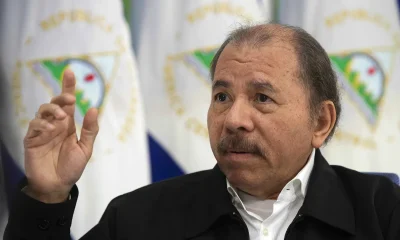
 Central America2 days ago
Central America2 days agoU.S. accuses Ortega regime of systematic human rights abuses in Nicaragua
-
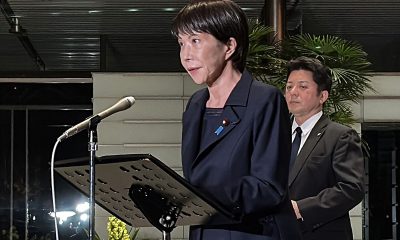
 International4 days ago
International4 days agoJapan lifts tsunami alert after strong 7.6-magnitude earthquake hits northern coast
-
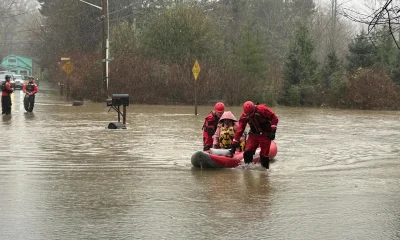
 International1 day ago
International1 day agoWashington declares State of Emergency as atmospheric river brings severe flooding
-
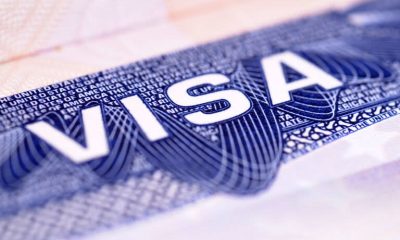
 International1 day ago
International1 day agoU.S. to require five-year social media history from tourists under Visa Waiver Program
-
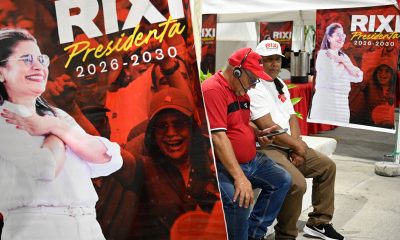
 Central America2 days ago
Central America2 days agoHonduras’ electoral chief reports ongoing technical issues but says results remain intact
-
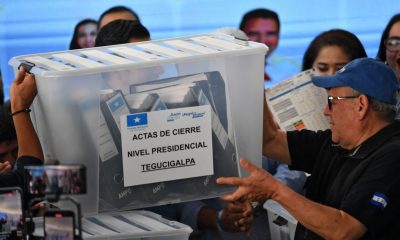
 Central America2 days ago
Central America2 days agoU.S. finds no evidence of fraud in Honduras election despite delays
-
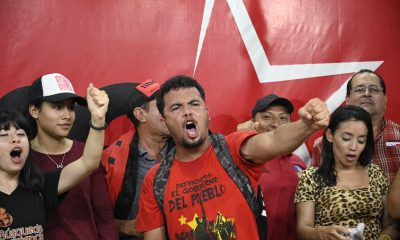
 Central America3 days ago
Central America3 days agoHonduran University: Nullifying elections without proof of fraud undermines popular sovereignty
-
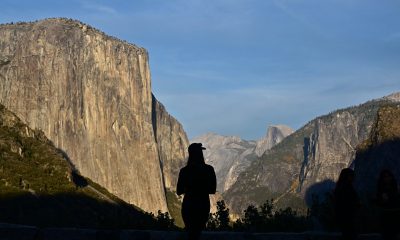
 International4 days ago
International4 days agoInterior Dept. redefines 2026 Patriotic Days, sparking criticism over removed civil rights holidays
-

 Central America3 days ago
Central America3 days agoCNA director says Libre’s defeat stems from “lack of substance,” not messaging
-

 Central America1 day ago
Central America1 day agoOAS and EU urge honduran political actors to respect vote results and avoid unrest
-
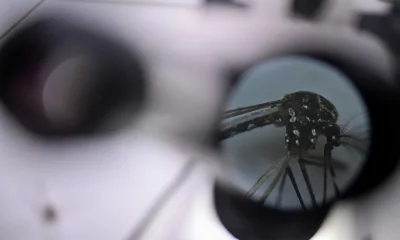
 International10 hours ago
International10 hours agoCuba battles out-of-control dengue and chikungunya epidemic as death toll rises to 44
-
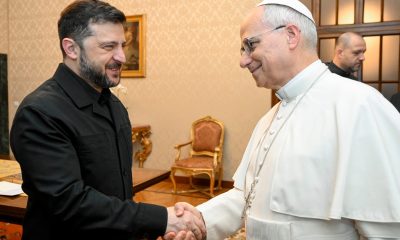
 International3 days ago
International3 days agoZelensky meets Pope Leo XIV as review of U.S. peace plan continues
-
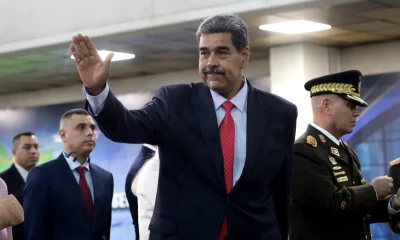
 International10 hours ago
International10 hours agoColombia says it would not reject Maduro asylum request as regional tensions escalate
-

 Central America10 hours ago
Central America10 hours agoHonduras election crisis deepens as CNE president denounces intimidation attempts
-
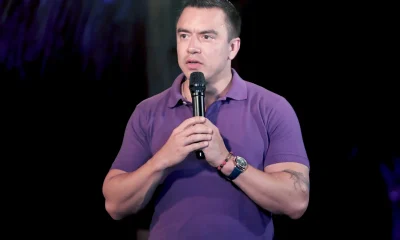
 International1 day ago
International1 day agoSix ecuadorian soldiers jailed pending trial for alleged extrajudicial execution
-
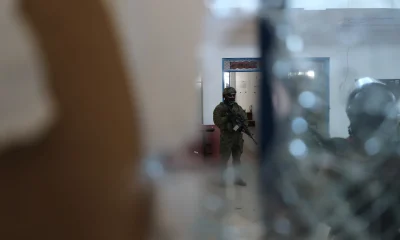
 International10 hours ago
International10 hours agoEcuador on track for record violence as homicides hit highest level in Latin America again


























